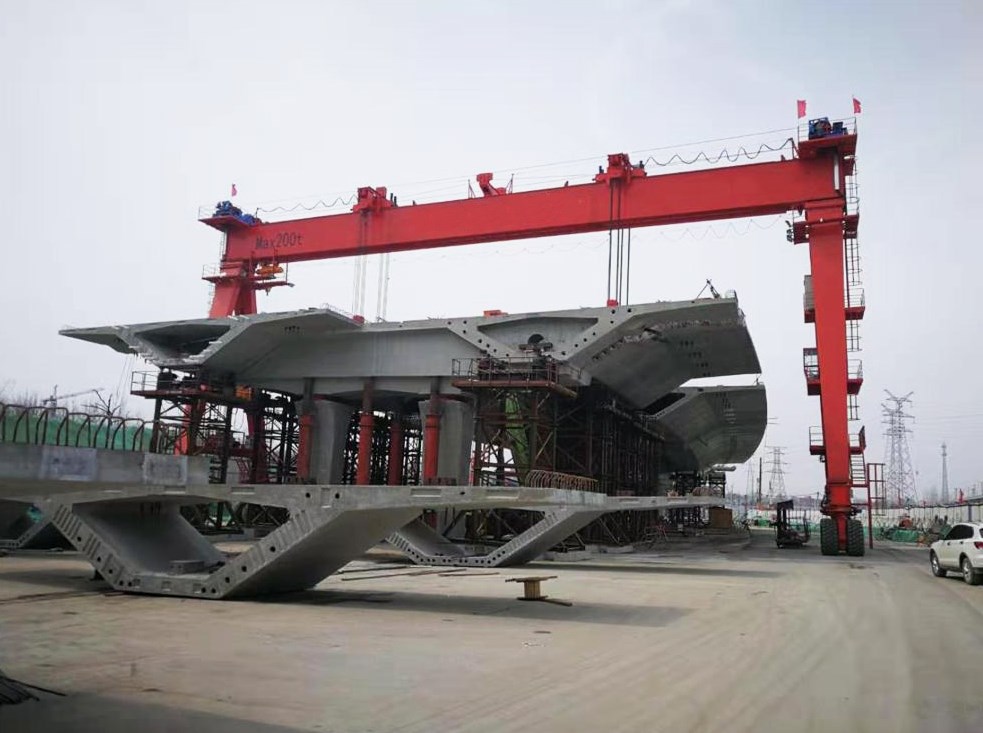Unveiling the Unique Advantages of Rubber-Tyred Straddle Cranes
In the world of material handling and container management, efficiency, versatility, and reliability are paramount. Rubber-tyred straddle cranes (RTSCs) have emerged as indispensable assets in ports, terminals, and warehouses, offering unique advantages that set them apart from other handling equipment. In this article, we will explore the distinct benefits that make rubber-tyred straddle cranes a popular choice for various industries.
Exceptional Versatility
One of the standout advantages of rubber-tyred straddle cranes is their exceptional versatility. These cranes are capable of handling a wide range of container sizes and types, making them suitable for various applications. Whether you need to lift standard 20-foot or 40-foot containers, high-cube containers, or even out-of-gauge cargo, RTSCs can adapt to the task at hand. This versatility allows for efficient operations in diverse environments, from container terminals to logistics centers.
Efficient Dual Lift Capability
Rubber-tyred straddle cranes are renowned for their dual lift capability. Unlike some other handling equipment that can only lift one container at a time, RTSCs are equipped with spreader beams that can simultaneously handle two containers side by side. This feature significantly increases productivity, as it allows for faster loading and unloading of vessels and stacking containers in storage yards more efficiently. Dual lift capability translates into shorter turnaround times, reduced vessel berthing times, and increased throughput in terminals.
Exceptional Maneuverability
Another distinctive advantage of rubber-tyred straddle cranes is their exceptional maneuverability. These cranes are designed with multiple axles, each equipped with rubber tires that can rotate 90 degrees. This unique design enables RTSCs to move laterally and turn in tight spaces, making them ideal for container yards with limited space or congested layouts. This maneuverability minimizes the need for extensive infrastructure modifications and allows for efficient container stacking and retrieval.
Reduced Infrastructure Requirements
RTSCs are known for their ability to operate on flexible surfaces, such as paved or unpaved container yards. Unlike rail-mounted gantry cranes (RMGs) that require dedicated rail tracks or container handling bridges that need significant infrastructure investments, RTSCs can operate on existing surfaces. This characteristic significantly reduces the capital expenditure required to set up a container handling operation, making them a cost-effective solution.
Reduced Environmental Impact
As environmental sustainability becomes a priority for many industries, rubber-tyred straddle cranes offer advantages in this regard as well. Unlike diesel-powered handling equipment that emits greenhouse gases and pollutants, many RTSCs are available with electric or hybrid power options. Electric RTSCs produce zero emissions at the point of operation, contributing to cleaner and more environmentally friendly material handling practices. This feature aligns with the growing demand for eco-friendly solutions in logistics and port operations.
Minimal Noise Pollution
Noise pollution is a significant concern in densely populated areas and near residential zones. Rubber-tyred straddle cranes operate relatively quietly, especially when compared to their diesel-powered counterparts. This reduced noise level enhances the overall work environment, reduces noise complaints from nearby residents, and contributes to better relations with local communities.
Operator Comfort and Safety
The operator's cabin in an RTSC is designed with operator comfort and safety in mind. It is equipped with ergonomic controls, air conditioning, and clear visibility of the work area. Safety features such as load monitoring systems, anti-collision technology, and emergency stop buttons further enhance the safety of operations. Comfortable and alert operators contribute to efficient and accident-free material handling processes.
Cost-Effective Maintenance
Rubber-tyred straddle cranes generally require less maintenance than some other types of handling equipment. Their simplicity in design and fewer mechanical components result in reduced wear and tear. Moreover, some modern RTSCs are equipped with diagnostic systems that can detect maintenance issues early, allowing for proactive maintenance and minimizing downtime.
Conclusion
Rubber-tyred straddle cranes have earned their place as versatile, efficient, and environmentally friendly solutions for container handling and material management. Their unique advantages, including exceptional versatility, dual lift capability, maneuverability, reduced infrastructure requirements, reduced environmental impact, minimal noise pollution, operator comfort and safety, and cost-effective maintenance, make them indispensable assets in the world of logistics and port operations. As industries continue to evolve and prioritize sustainability and efficiency, RTSCs are likely to play an even more significant role in shaping the future of container handling and material management. Their ability to adapt to various container types, reduce operational costs, and contribute to a cleaner environment positions them as a key player in the quest for smarter and more sustainable logistics solutions.



Comments
Post a Comment